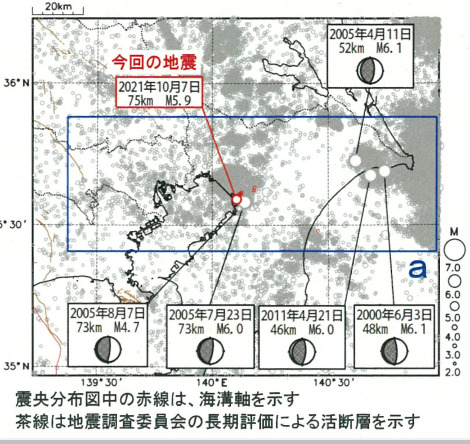2021-08-19 アメリカ合衆国・国立標準技術研究所(NIST)

・ NSIT が、屋内照明のエネルギーを利用する太陽光発電技術について調査し、その実現可能性を裏付ける結果を報告。
・ 建物の屋根に設置する PV パネルは太陽光を電気に変換するものだが、屋内で使用すれば建物内のエネルギー効率を向上させ、火災警報器やカメラ、IoT デバイス等のワイヤレス・スマートデバイスへの給電が期待できる。
・ LED 等の一般的な屋内照明の光は太陽光のような広範囲の波長スペクトルを持たず、太陽電池の材料によって捕獲できる波長が異なるため、GaInP(ガリウム・インジウム・リン)、GaAs(ガリウムヒ素)、効率は劣るがより安価な材料のシリコンによる数 cm サイズの小型 PV モジュールについて試験を実施した。
・ 外部からの光源を遮断する不透明な黒箱内の白色光 LED 下に各モジュールを設置し、1000lux のLED 発光照度で各 PV モジュールの電力変換効率を調査。その結果、GaInP モジュールが 23.1%の最も高い変換効率を示し、GaAs モジュールでは 14..1%、シリコンでは最も低い 9.3%であった。
・ 容量の半分まで充電した 4.18V の電池を各モジュールで充電する試験では、予想通りシリコンモジュールが最下位で一日半を要した。次に、シリコンモジュールによる低電力の IoT デバイスへの給電能力を調査するため、モジュールを温度センサーに取り付けて黒箱内の LED 下に設置した。
・ その結果、シリコンモジュールのみの発電で温度情報を近くのコンピューターにワイヤレス送信できた。2 時間後の LED 発光停止後もセンサーは継続して作動し、電池の放電速度が充電速度の半分であることを確認。
・ これらの結果は、屋外用 PV モジュールで使用されるユビキタスな材料が、小容量電池の屋内デバイスで使用可能であることを提示。特に、照明が 24 時間途切れない商業ビルへの適用の可能性は高い。
・ 残る課題は、夜間に無点灯または日中に断続的な照明のみの空間での PV 発電デバイス作動と、屋外からの環境光による影響の解明。NIST のネットゼロエネルギーハウス試験施設を利用した調査を通じ、住宅における PV 発電 IoT デバイスの作動状態を確認する。
・ また、コンピューターモデルによる屋内の特定の照明レベル下での PV モジュールの発電予測も実施予定。これは、コスト効果的な技術の実現に不可欠となる。
URL: https://www.nist.gov/news-events/news/2021/08/common-solar-tech-can-power-smart-devices-indoors-nist-study-finds
<NEDO海外技術情報より>
(関連情報)
Energy Science & Engineering 掲載論文(フルテキスト)
Indoor light energy harvesting for battery‐powered sensors using small photovoltaic modules
URL: https://onlinelibrary.wiley.com/doi/10.1002/ese3.964
Abstract
As interest in Internet-of-Things (IoT) devices like wireless sensors increases, research efforts have focused on finding ways for these sensors to self-harvest energy from the environment in which they are installed. Photovoltaic (PV) cells or mini-modules are an intuitive choice for harvesting indoor ambient light, even under low light conditions, and using it for battery charging and powering of these devices. Characterizations of battery charging, for small rechargeable batteries from low charge to full charge, have been investigated using PV mini-modules of equal area. We present battery charging results using three different PV technologies, monocrystalline silicon (c-Si), gallium-indium-phosphide (GaInP), and gallium-arsenide (GaAs) under a warm color temperature (3000 K) LED lighting at an illuminance of 1000 lx. Battery charging times are shortest for the more efficient GAInP and GaAs mini-modules whose spectral response is a better match to the LED test source, which contains mostly visible photons, and longest for the less efficient Si cells. As a demonstration, a wireless temperature sensor mote was attached to the charging circuit and operated to determine its power consumption in relation to the available charging power. The mote’s maximum power draw was less than the charging power from the least efficient c-Si mini-module. Our findings affirm the feasibility of utilizing PV under typical indoor lighting conditions to power IoT devices.



